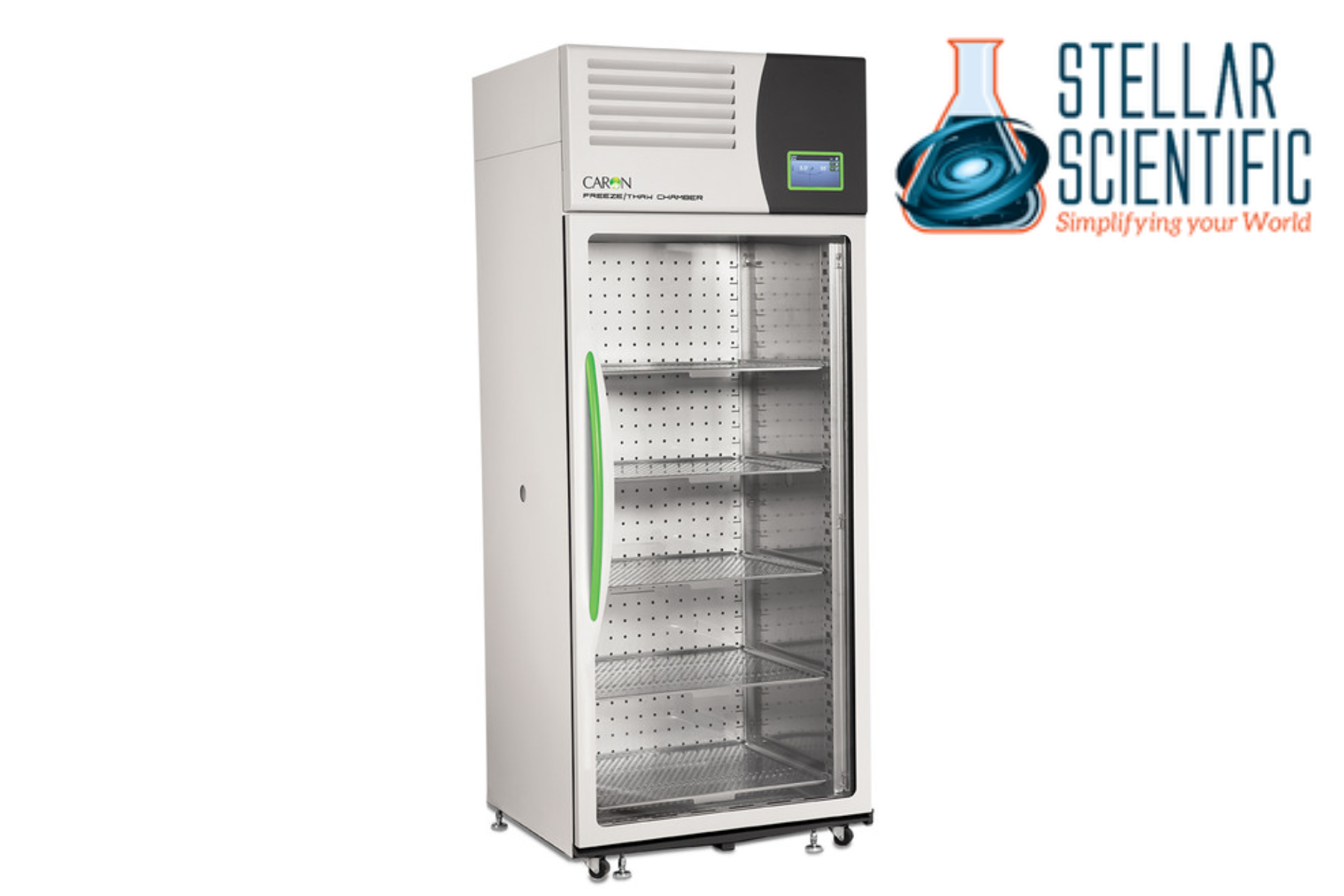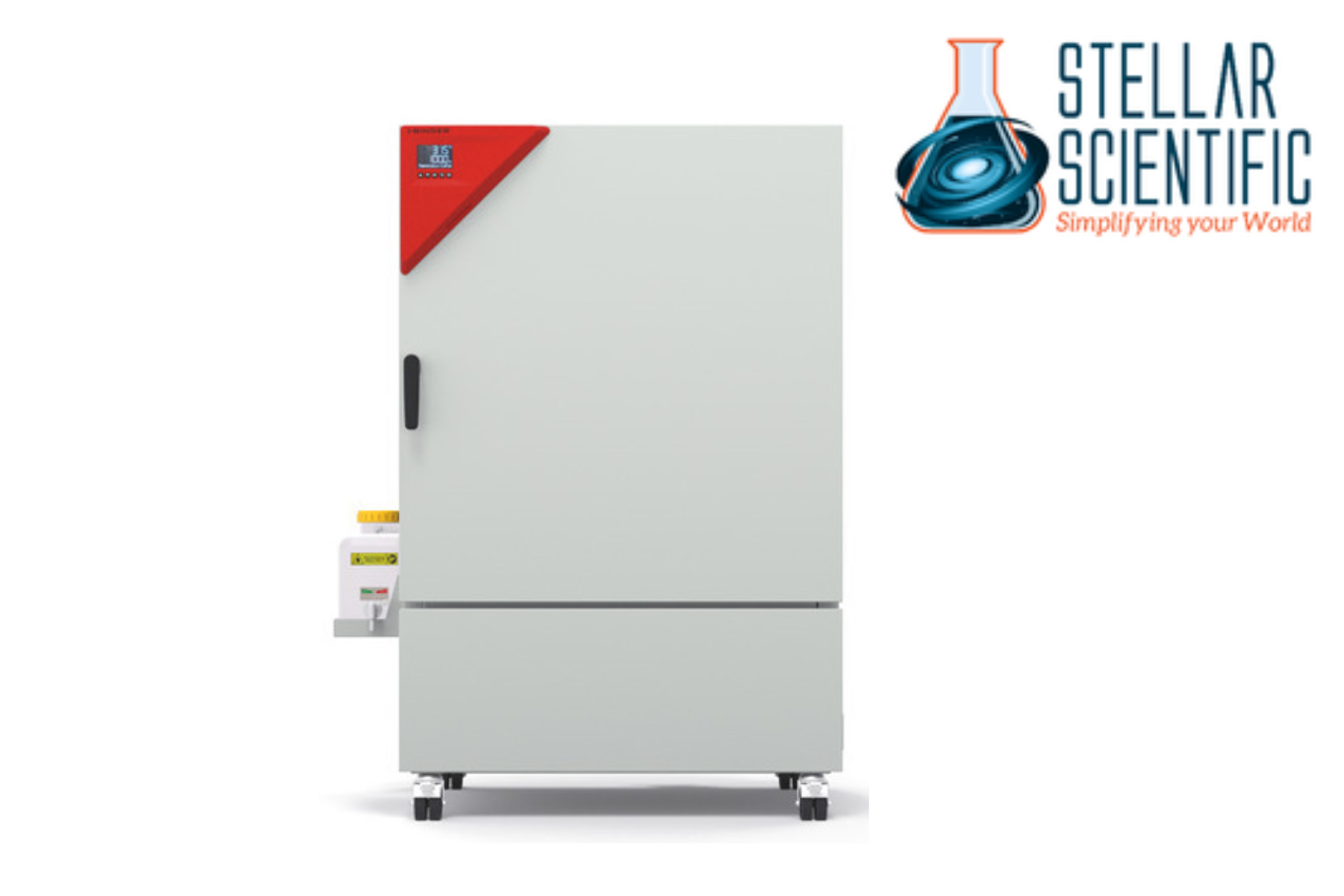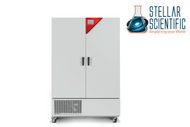Keep Samples Safe with a Humidity Chamber
23rd Jul 2025
In laboratories where precision and reproducibility are critical, environmental control plays a major role in safeguarding sample integrity. Among the most effective tools for this purpose is the humidity chamber, a specialized device designed to regulate both temperature and relative humidity (RH) for extended periods. Whether you're testing pharmaceutical stability, storing biological samples, or simulating real-world environmental conditions, a humidity chamber ensures that your materials remain safe, stable, and consistent.
These chambers create controlled environments that mimic specific conditions, allowing researchers to monitor how samples behave under varying levels of moisture and temperature. Their precision and reliability make them indispensable in a variety of industries, including biotechnology, electronics, food science, and materials testing.
What Is a Humidity Chamber?
A humidity chamber, also known as a climate or environmental chamber, is an enclosed device that maintains tightly regulated levels of humidity and temperature. Equipped with sensors, humidifiers, dehumidifiers, and heating/cooling elements, these chambers provide a stable environment for testing or storing sensitive materials.
Depending on the model and configuration, some chambers offer programmable settings, allowing users to simulate fluctuating environmental conditions over time. Others focus on maintaining a constant, fixed setting to protect delicate samples from degradation, contamination, or moisture-related changes.

Why Humidity Control Matters
Humidity is an often underestimated variable that can significantly affect the chemical, physical, and biological properties of a sample. From swelling and oxidation to microbial growth and solubility changes, poor humidity control can compromise the reliability of experimental outcomes.
1. Preserving Sample Integrity
Biological samples such as tissues, enzymes, and reagents are highly susceptible to moisture fluctuations. Even small deviations from ideal storage conditions can lead to denaturation, microbial contamination, or degradation. A temperature humidity chamber ensures these sensitive materials are preserved under optimal conditions.
2. Reliable Stability Testing
In pharmaceuticals and cosmetics, stability testing is essential for evaluating product shelf life and ensuring compliance with regulatory standards. Humidity chambers can simulate different climatic zones by maintaining specific humidity and temperature profiles over time. This controlled environment is vital for understanding how products react under various storage or transportation conditions.
3. Accurate Material Testing
Materials such as polymers, composites, textiles, and electronics can absorb or lose moisture, affecting their performance. A humidity chamber enables labs to expose these materials to specific humidity levels, allowing researchers to assess durability, conductivity, flexibility, and other critical properties under real-world conditions.
4. Environmental Simulation
For research in environmental sciences, agriculture, or aerospace, simulating natural humidity levels helps test how specimens respond to their environments. Whether it’s growing plants under tropical conditions or analyzing corrosion rates in high humidity, these chambers offer reliable environmental control.
Key Features of a Humidity Chamber
Humidity chambers come in a variety of sizes and configurations, from compact benchtop models for small-scale tests to large, walk-in units for industrial-scale applications. Regardless of size, certain features are essential for achieving accurate and consistent results.
Precise Humidity Control
The most critical feature of any humid chamber is its ability to maintain a specific RH level, usually within ±1–2% accuracy. Advanced models include programmable set points and alarms to alert users of deviations.
Temperature Stability
Most humidity chambers allow temperature control in tandem with humidity. This is essential for simulating complex environmental conditions. Uniform temperature distribution across the chamber ensures that every sample is treated consistently.
High-Quality Sensors and Feedback Systems
Accurate readings depend on reliable humidity and temperature sensors. Chambers with integrated feedback systems continuously monitor internal conditions and adjust controls to maintain set points automatically.
Insulated and Durable Construction
Double-walled, insulated chambers maintain internal conditions efficiently and reduce energy consumption. Corrosion-resistant interiors (typically stainless steel) are necessary for long-term durability in humid environments.
Programmable Controls
Many humidity chambers offer digital interfaces with programmable cycles. These allow users to replicate complex environmental simulations, such as diurnal cycles or multi-week humidity ramp tests, with ease.

Applications of Humidity Chambers in the Lab
Humidity chambers are versatile tools used in a wide range of research and industrial applications. Some of the most common use cases include:
Pharmaceutical and Biotech Testing
Regulatory bodies like the FDA and ICH require stability testing of pharmaceuticals under specific humidity and temperature conditions. Humidity chambers simulate storage conditions from around the globe, helping manufacturers assess shelf life, efficacy, and safety.
Electronic Component Testing
Moisture can compromise the conductivity and performance of sensitive electronic parts. Humidity chambers are used to evaluate how components withstand exposure to high humidity environments, critical for quality assurance in medical devices, automotive sensors, and aerospace technologies.
Materials Science
Understanding how plastics, rubbers, and composites react to humidity helps manufacturers improve durability and performance. Humidity chambers provide a controlled setting for accelerated aging studies, swelling tests, and stress analysis.
Food and Beverage Research
In the food industry, humidity chambers help assess product stability, texture, and microbial susceptibility under different storage conditions. This data supports packaging development and shelf-life estimation.
Environmental and Botanical Research
Researchers studying plant growth, climate adaptation, or humidity-sensitive organisms use these chambers to simulate real-world environments and observe developmental changes over time.
Best Practices for Using a Humidity Chamber
To get the most out of your humidity control chamber and protect your samples effectively, it’s important to follow some basic operational guidelines:
- Pre-condition the chamber before inserting sensitive samples to ensure stable humidity and temperature levels.
- Avoid overcrowding, which can block airflow and create microclimates.
- Use compatible containers and racks to support air circulation.
- Monitor internal conditions regularly and calibrate sensors as part of routine maintenance.
- Clean and inspect the chamber periodically to prevent mold, corrosion, or sensor drift.
By treating your humidity chamber as a vital part of the lab, not just another appliance, you can significantly improve the reliability of your experimental data and the safety of stored materials.
Choosing the Right Humidity Chamber
When selecting a humidity chamber, consider your laboratory's specific needs:
- Size and capacity: Choose a model that fits both your space and the volume of samples you handle regularly.
- Temperature and RH range: Confirm that the chamber meets the environmental conditions your protocols require.
- Ease of programming: Intuitive controls and programmable cycles can save time and reduce user error.
- Build quality and support: Look for durable materials, reliable manufacturers, and accessible customer service.
Whether you're conducting long-term stability studies or day-to-day sample storage, investing in a high-quality humidity chamber is a smart move for any research or production lab.
About Stellar Scientific
At Stellar Scientific, we supply laboratories with the dependable tools they need to protect sample integrity and maintain process control. Our range of humidity chambers and environmental testing equipment is curated for accuracy, durability, and user-friendly operation.
We also offer a wide selection of laboratory essentials, including ovens, incubators, plasticware, and measurement devices. Every product is carefully chosen to support modern laboratory demands with high-performance design and competitive pricing.

